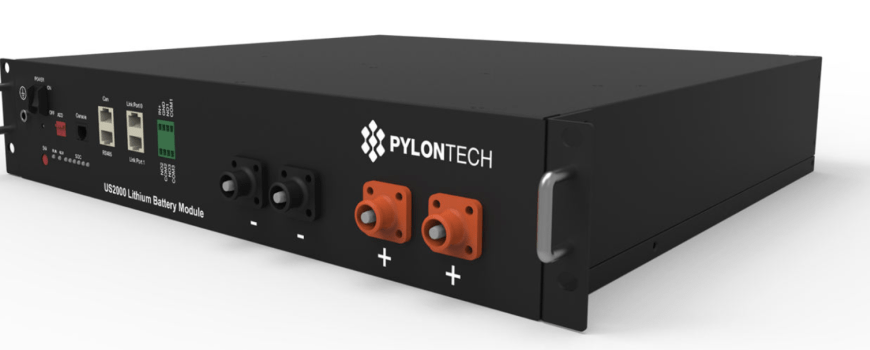So, like many Zimbabweans, I am considering going solar. We have all felt the crippling effect of the load shedding in recent months and like many I am weighing up the benefits of installing a solar power system to power my home and office. One of the burning questions I find myself facing is: which is the best battery for a solar system?
In my research I have boiled it down to two choices: lead-acid or lithium batteries. Lead-acid batteries cost less up front, but they have a shorter lifespan and require regular maintenance to keep them running properly. Lithium batteries are much more expensive up front, but they are maintenance-free and have a longer lifespan to match their higher price tag.
Lead-acid is a tried-and-true technology that costs less, but requires regular maintenance and doesn’t last as long.
Lithium is a premium battery technology with a longer lifespan and higher efficiency, but you’ll pay more money for the boost in performance.
I will go over the pros and cons of each option in more detail, and explain why you might choose one over the other for your system.
5 Key Differences Between Lead-acid and Lithium Batteries
- Cycle life
When you discharge a battery (use it to power your appliances), then charge it back up with your panels, that is referred to as one charge cycle. We measure the lifespan of batteries not in terms of years, but rather how many cycles they can handle before they expire.
Think of it like putting mileage on a car. When you evaluate the condition of a used car, mileage matters a lot more than the year it was produced.
Same goes for batteries and the number of times they’ve been cycled. A sealed lead-acid battery at a vacation home may go through 100 cycles in 4 years, whereas the same battery might go through 300+ cycles in one year at a full-time residence. The one that has gone through 100 cycles is in much better shape.
Cycle life is also a function of depth of discharge (how much capacity you use before recharging a battery). Deeper discharges put more stress on the battery, which shortens its cycle life. - Depth of Discharge
Discharge depth refers to how much overall capacity is used before recharging the battery. For example, if you use a quarter of your battery’s capacity, the depth of discharge would be 25%.
Batteries don’t discharge fully when you use them. Instead, they have a recommended depth of discharge: how much can be used before they should be refilled.
Lead-acid batteries should only be run to 50% depth of discharge. Beyond that point, you risk negatively affecting their lifespan.
In contrast, lithium batteries can handle deep discharges of 80% or more. This essentially means they feature a higher usable capacity. - Efficiency
Lithium batteries are more efficient. This means that more of your solar power is stored and used.
As an example, lead acid batteries are only 80-85% efficient depending on the model and condition. That means if you have 1,000 watts of solar coming into the batteries, there are only 800-850 watts available after the charging and discharging process.
Lithium batteries are more than 95% efficient. In the same example, you’d have over 950 watts of power available.
Higher efficiency means your batteries charge faster. Depending on the configuration of your system, it could also mean you buying fewer solar panels, less battery capacity and a smaller backup generator. - Charge Rate
With higher efficiency also comes a faster rate of charge for lithium batteries. They can handle a higher amperage from the charger, which means they can be refilled much faster than lead-acid.
Lead-acid batteries are limited in how much charge current they can handle, mainly because they will overheat if you charge them too quickly. In addition, the charge rate gets significantly slower as you approach full capacity. - Energy Density
The energy density of lithium batteries is much higher than lead-acid, meaning they fit more storage capacity into less space.
As an example, it takes two lithium batteries to power a 5.13 kW system, but you’d need 8 lead-acid batteries to do the same job. When you take the size of the entire battery bank into account, lithium weighs less than half as much.
This can be a real benefit with how you mount your battery bank. If you are hanging an enclosure on the wall or hiding it in a cupboard, the improved energy density helps your lithium battery bank fit into tighter spaces.
Lithium vs. Lead-Acid: Which will I choose?
Lithium is a much steeper investment up front but the benefits of more efficient charging, far better depth of discharge and energy density I will opt for lithium batteries over lead-acid.

